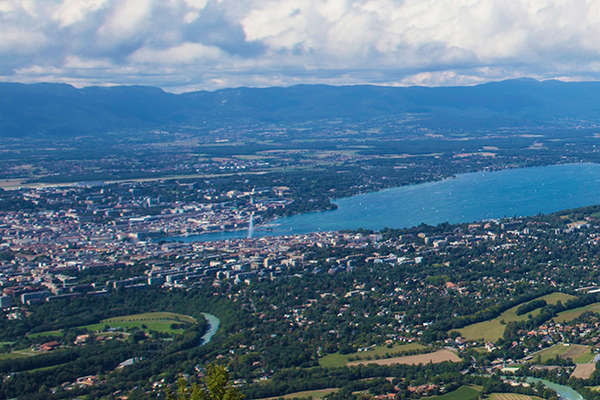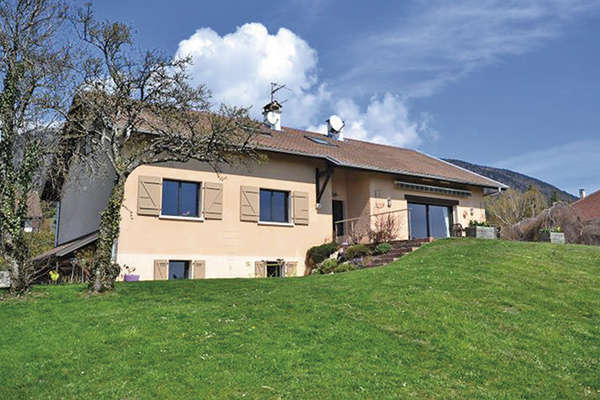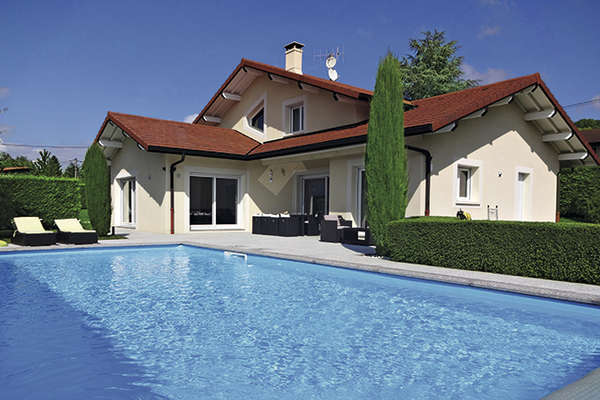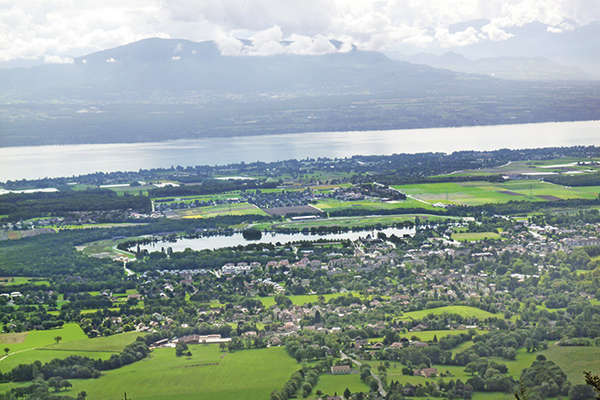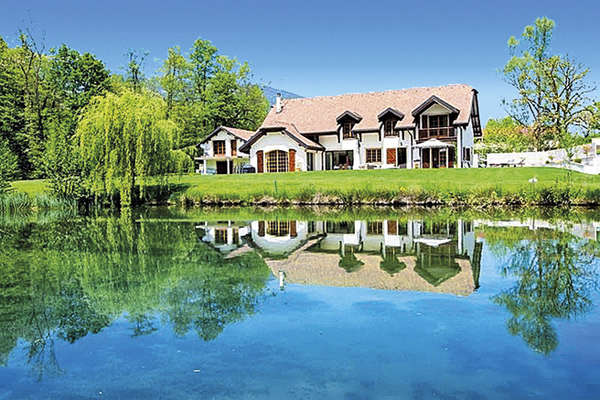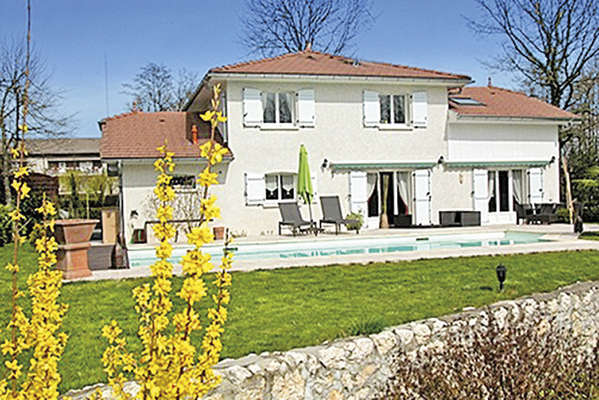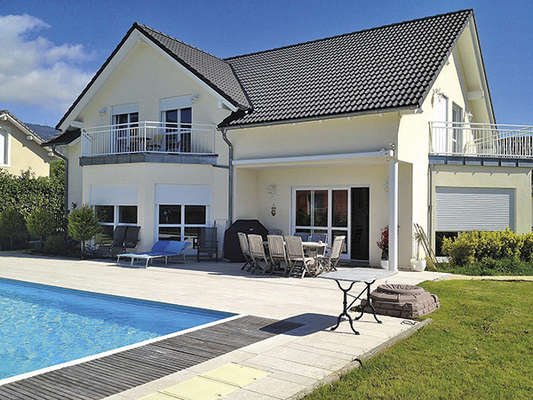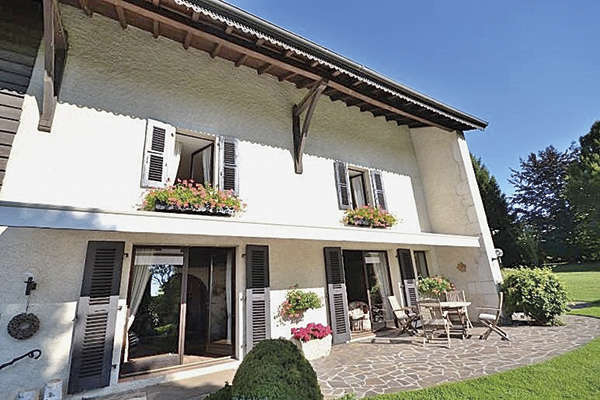Lorient and the coast
By Laetitia Rossi - 10 August 2011
This commune in Brittany, in the “département” of Le Morbihan at the mouth of the Blavet and Scorff, is home to 58,400 people. Both rivers flow into the bay before joining the Atlantic Ocean. Lorient and its neighbouring shoreline face the sea, offering magnificent scenery but also an essential source of employment.
The first traces of human activity in the region dates back to 3000 B.C., while the fishing harbour was developed after World War I. Kéroman came into being in 1920. During the Second World War, the area, occupied by the Germans, was bombed several times, devastatingly in 1943 and 1944. A third of Lorient’s residents currently work in local government, healthcare, education and social services. 23 % make their living from the building industry, the rest from the service sector. “The town with five harbours” - a nickname referring to areas reserved for fishing, commerce, pleasure boating, travel and military activity -, provides 12,000 direct and indirect jobs in the field. The headquarters of the Chamber of Commerce and Industry plays host to no less than 80 sports facilities, including the aquatic centre and water-sports base. Larmor-Plage, on the coast, a succession of sand dunes, urban areas, a rocky shore and sandy beaches, places its bets on seaside tourism. Ploemeur is the fourth largest town in the “département” with 20,000 inhabitants. It is split into two different worlds : a 17-km coastline and countryside with lots of paths. It offers a lively shopping centre, schools up to secondary level and cultural amenities such as the mediatheque and theatre.
“One of the main advantages of Lorient is its quality of life. Focused on the sea, it provides cultural infrastructures and housing which is more affordable than that in the Gulf of Morbihan or Vannes. Only a 5-minute drive separates the heart of town from the beaches. The lake area is not without interest, with the island of Groix as its main feature,” says Didier Grandjouan of the Cabinet Rousset. The Lorientais themselves appreciate townhouses built from 1900 to 1930 in the Merville, Nouvelle-Ville and Carnel neighbourhoods, not far from Les Halles and the theatre. Many hope to find an apartment in a recent residence with terraces, elevator and garage. However, land is scarce, just like this type of home, priced around 2,000-2,500 €/m2 if it offers a good address and impeccable appointments. Foreign buyers are thin on the ground. They prefer the affordable prices of central Brittany or well-known resorts such as Carnac, Quiberon and Dinard.
Based in Ploemeur, Dominique Dupont-Huin of D&H Immobilier naturally sings the praises of the fourth largest town in Le Morbihan, but also of Larmor-Plage and Guidel. Ploemeur boasts an airport, a good array of shops, marine and country settings. Its proximity to the four-lane highway to Nantes, Vannes, Rennes, Brest and Quimper is another advantage. Villas built in the 1900’s in Larmor have given it a well established reputation, which should be further enhanced by the planned casino and thalassotherapy centre. Over the past ten years, Guidel has served as a fall-back alternative to the first two towns. Since the year 2000, many housing developments have been built. A “maraîchère” of 120 m2 near the village of Ploemeur costs from 300,000 to 350,000 €, a 1900’s house in perfect condition - 200 m2 with style and character - may attain 500,000 €, while an apartment of 60 m2 less than 10 years old, in a residence with parking facilit-ies and lift, ranges from 200,000 to 210,000 €. Finally, a holiday villa of 150 m2 on the seafront at Larmor is close on 900,000-1,000,000 €. 20 % of buyers are looking for holiday homes to which they will eventually retire. 80 % work within a radius of only 5 kilometres.
Lorient’s broad property market offers a wide variety of homes, giving an equally wide range of prices. The centre - Merville, Les Halles and Le Manio, midway between the train station and expressways - attracts young first-time buyers as well as seniors. Among their most recent sales, Gwenaëlle François of Belz Immobilier and Jacques Douaud of Jacques Douaud Immobilier mention a detached 1970’s house of 85 m2 in need of a lick of paint, sold for 165,000 € ; a house of 95 m2 to revamp in Le Manio, for 185,000 € ; and another of 120 m2 in Nouvelle-Ville, sold for 360,000 €. This kind of price is already rare in Lorient. All segments combined, the average budget is around 250,000 €. For example, an apartment of 80 m2 in need of renovation costs 95,000 € : once refurbished, 72 m2 costs 125,000 €. Recent transactions for apartments generally indicate a price bracket of 1,300-1,800 €/m2.
On the coast, our estate-agents report a certain transition : “The last three sales handled by the agency were under 200,000 €. The budget required, for example, for a house of 80 m2 in Sainte-Hélène. Buyers take three to six months before coming to a decision. Bargaining is proving to be rather tough, especially as there are lots of properties on the market. Sellers are, however, reluctant to lower their prices. A house of 160 m2 facing the island of Groix has just found a taker at 630,000 € after being offered for sale over the past two years at 1 million euros.” It is clearly hard to find a satisfactory middle-ground.
